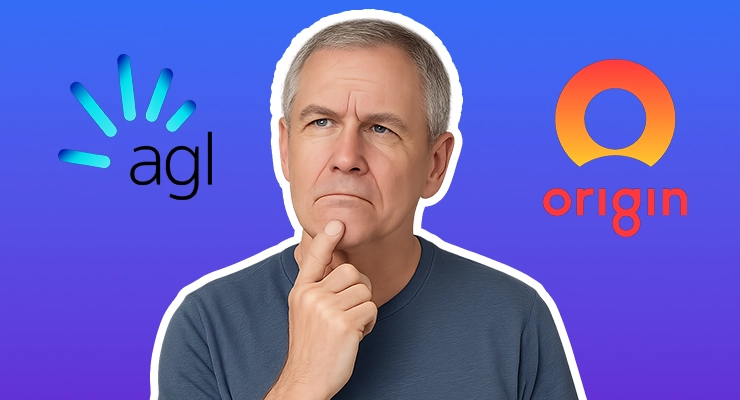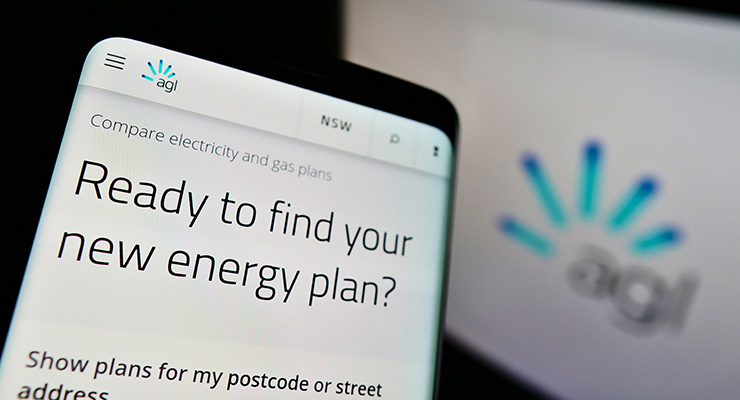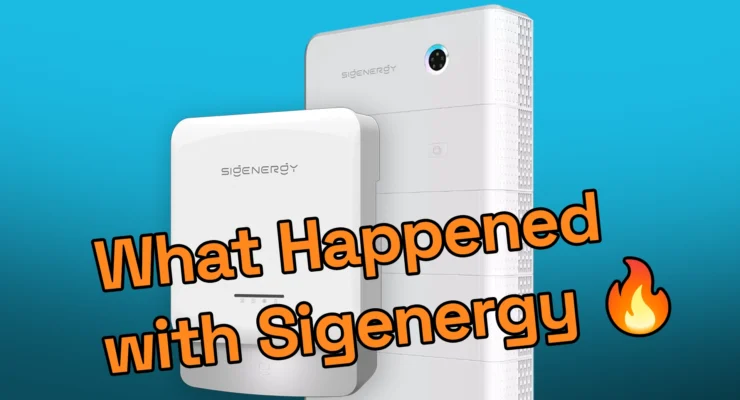Fast read
Switching electricity retailers in Australia with a solar battery is entirely possible and is your right as a consumer. Your battery ownership and hardware warranties are completely independent of your energy provider. The main considerations are how the switch will affect your solar feed-in tariff and any separate agreements you might have, such as for a Virtual Power Plant (VPP), which may need to be renegotiated or transferred.
What happens to my solar battery if I switch electricity retailers?
As Australians increasingly embrace renewable energy, a common and important question arises for those with home battery storage: What happens if I want to change my electricity provider? It’s a valid concern, as you’ve invested significantly in your energy independence and want to ensure you’re always getting the best deal.
The short answer is reassuring. Your ability to choose your electricity retailer is a fundamental consumer right, and owning a battery doesn’t change that. Your battery system is your asset, separate from your electricity plan. However, the switch isn’t just a simple change of billing details; there are a few key factors to consider to ensure a smooth transition that maximises your savings.
Your battery and your retailer are separate entities
First and foremost, it’s crucial to understand that your solar panels and battery are physical assets you own. Their warranties, performance, and maintenance are tied to the manufacturer and your installer, not your electricity retailer. When you switch retailers, you are simply choosing a new company to buy electricity from and to sell your excess solar energy to.
The new retailer will take over billing, and your new plan will dictate the rates you pay for grid electricity and the feed-in tariff you receive for your solar exports. The physical connection to the grid, managed by your local Distribution Network Service Provider (DNSP), remains unchanged.
How will switching affect my solar feed-in tariff?
This is one of the most significant financial considerations. A solar feed-in tariff (FiT) is the rate your retailer pays you for the surplus electricity your solar panels generate and export to the grid. These rates are not standardised across Australia and can vary significantly between retailers.
When you switch providers, you will move to the feed-in tariff offered in your new plan. It’s essential to compare not just the FiT, but the entire offer. A retailer might attract customers with a high feed-in tariff but compensate with higher daily supply charges or consumption rates. The best plan for a battery owner often involves a ‘time-of-use’ tariff, where you can use your stored battery power during expensive peak periods and draw from the grid during cheaper off-peak times.
What if I’m part of a Virtual Power Plant (VPP)?
This is where switching retailers can become more complex. A Virtual Power Plant (VPP) is a network of individual home batteries, like yours, that are orchestrated by a central operator—often an energy retailer—to support the grid. In return for allowing the VPP operator to draw from your battery during periods of high demand, you typically receive payments or other financial incentives.
VPP agreements are often tied directly to a specific retailer. If your VPP agreement is with your current retailer, switching providers will likely mean ending that VPP contract. It’s critical to check the terms and conditions of your VPP agreement for:
- Lock-in contracts and exit fees: Some VPP offers, especially those that came with a significant upfront discount on your battery, may have a lock-in period. Leaving early could trigger an exit fee.
- Compatibility: Not all battery systems are compatible with every VPP program. If you switch to a new retailer, you’ll need to ensure your battery, which could be a high-capacity system from a brand like Tesla or an innovative, modular one like Sigenergy, is compatible with their VPP if you wish to join it.
- Transferability: While most VPPs are retailer-specific, some third-party VPPs operate independently. In these cases, you might be able to switch your electricity plan without affecting your VPP participation.
Before switching, contact both your current and potential new retailer to understand the implications for your VPP agreement.
A step-by-step guide to switching with a battery
- Review your current situation: Check your latest electricity bill to understand your current usage patterns, costs, and feed-in tariff. If you are in a VPP, find your contract and read the fine print regarding switching retailers.
- Shop around for a better deal: Use government comparison websites like Energy Made Easy or reputable private comparison tools to compare offers. Look for a plan that balances a fair feed-in tariff with low consumption rates and daily supply charges.
- Ask the right questions: When you find a promising offer, call the retailer. Inform them that you have a solar and battery system. Ask specifically about their feed-in tariffs, any solar-specific plans, and whether they operate a VPP you could join.
- Confirm the switch: Once you’ve chosen a new retailer, they will handle the transfer process. They will contact your old provider and arrange for the switch to occur, usually after your next scheduled meter reading.
- Monitor your new plan: After switching, check your first bill carefully to ensure all the rates and charges align with the offer you accepted. Keep an eye on your battery’s performance and how it interacts with your new tariff structure to ensure you’re maximising your savings.

The future of batteries and retailers
The relationship between batteries, homes, and the grid is constantly evolving. The federal government’s Cheaper Home Batteries Program, starting from July 2025, is set to provide a discount of around 30% on new battery installations, which will further accelerate uptake. This program operates through the existing Small-scale Renewable Energy Scheme (SRES), and the discount is typically applied by your retailer or installer at the point of sale.
Furthermore, some states are introducing two-way pricing or a “sun tax” from July 2025, which may involve charging solar owners for exporting electricity during the middle of the day when the grid is congested. Owning a battery will become even more valuable under such schemes, as you can store your solar energy instead of exporting it for a low or even negative rate.
Your power is in your hands
Ultimately, owning a solar battery system empowers you, and this includes the freedom to choose the best electricity retailer for your needs. While special considerations like VPPs require a bit of homework, they shouldn’t prevent you from seeking a better deal. By carefully comparing plans and understanding your contractual obligations, you can confidently switch retailers and ensure your home energy system continues to deliver maximum value.
If you feel overwhelmed by the options, resources like Your Energy Answers can provide independent advice and connect you with accredited local experts to help you navigate your decisions with clarity and confidence.




